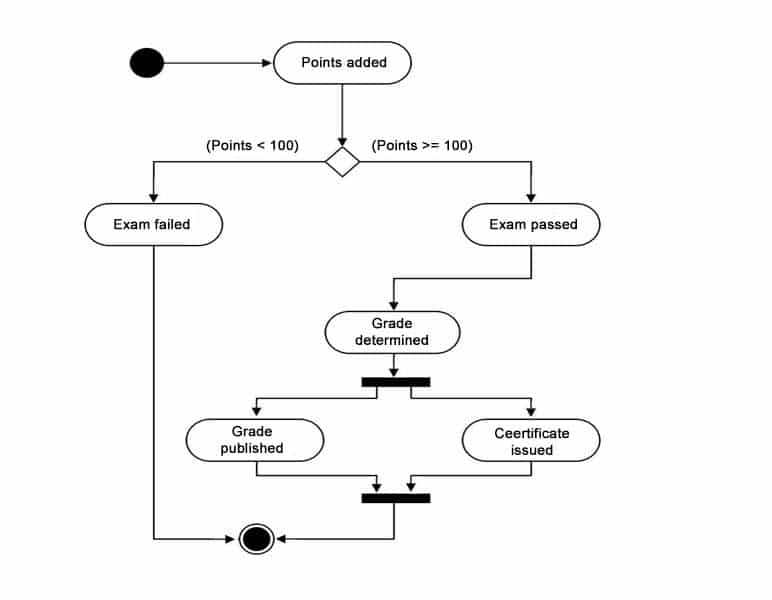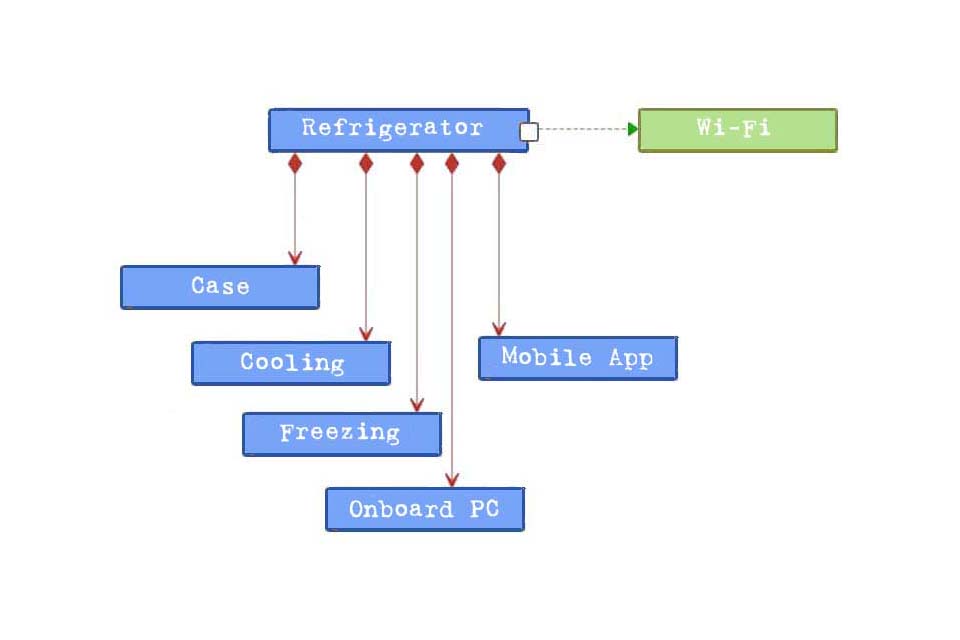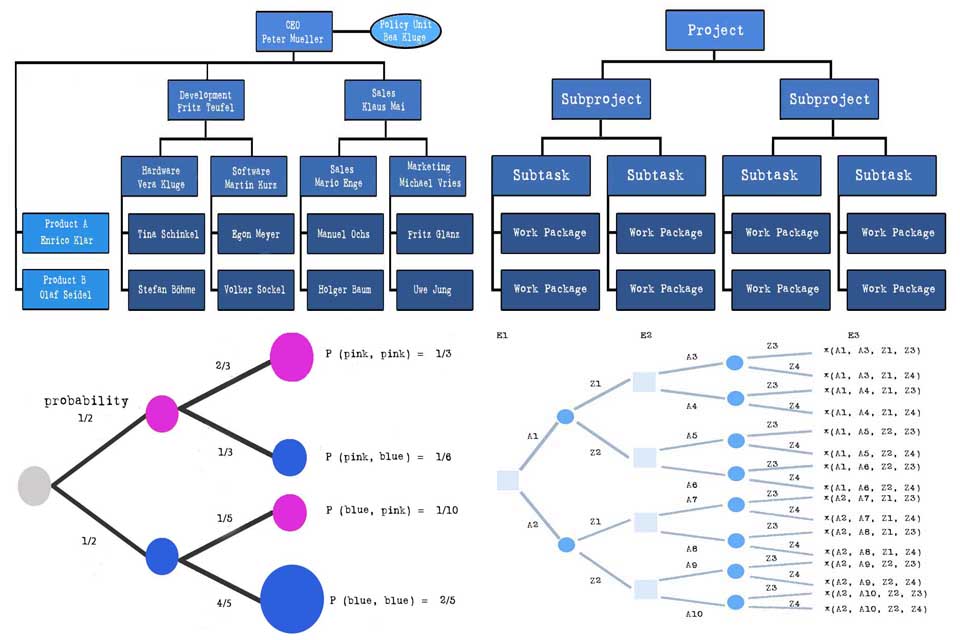What is Behavior Diagram?
Smartpedia: A behavior diagram visualises individual aspects such as activities, states or use cases of a system and their changes at runtime.
Modelling changes at runtime
In a behavior diagram, individual aspects of a system and their changes are displayed at runtime. A behavior diagram is intended to provide clarity, for example, about internal processes, business processes or the interaction of different systems. Depending on the diagram used, a selected aspect is shown. In the Unified Modeling Language (UML), objects are modeled that can change their states through behavior. Basically, UML distinguishes between two different behavior specifications:
- comon behaviors model
- communication model
In the Comon Behaviors Model, the basic occurrence of behavior is called “BehaviorPerformance”. Each behavior is triggered by an object in the role of the “Invoker”. BehaviorEmergence” results from the interaction of the objects involved.
The communication model distinguishes between sender and receiver. The sending event is an “InvokerEvent” and the receiving event is the “ReceivingEvent”. The result of a send event is a “RequestObject”, which is transmitted to the receiver. If it arrives at the receiver, it causes a receiver event there that can initiate a behavior.
Behavior diagrams of the UML
The UML 2.5 knows the following behavior diagrams:
In earlier versions of UML,
- interaction overview diagrams,
- communication diagrams,
- sequence diagrams and
- timing diagrams
were also referred to as behavior diagrams; in UML 2.5, these are referred to as interaction diagrams.
Notes:
With the exception of the interaction overview diagram, which does not exist in the Systems Modeling Language (SysML), SysML uses the same behavior diagrams. In addition to the behavior diagrams, both UML and SysML contain so-called structure diagrams.
Here you will find additional information from our Smartpedia section:



